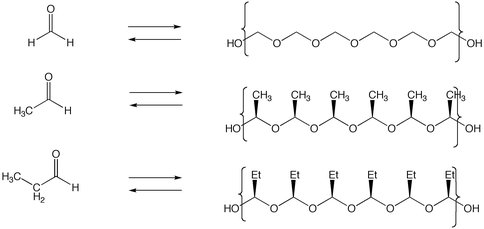2011 Annual Science Report
 NASA Jet Propulsion Laboratory - Titan
Reporting | SEP 2010 – AUG 2011
NASA Jet Propulsion Laboratory - Titan
Reporting | SEP 2010 – AUG 2011
Task 3.5.1 Titan Genetics
Project Summary
An open question is: “What chemical structures might support the genetic component of Darwinian evolution in Titan environments?” This is being approached theoretically and experimentally.
Project Progress
Co-Investigator Steven Benner, Intern Marc Neveu, and Postdoctoral Fellow Hyo-Joong Kim have asked: What chemical structures might support the genetic component of Darwinian evolution in Titan environments? Two environments have been explored. The first is the hydrocarbon ocean on the surface of Titan, methane-ethane-propane mixtures at 90-100 K. The second is the hypothetical liquid environment below the surface, which may be a mixture of water and ammonia, perhaps the eutectic with 30% ammonia, which is liquid at 180 K.
These environments pose three problems for genetic materials. First, those materials must dissolve. Second, the dissolved genetic materials must be able to change their structure without changing dramatically their properties, including solubility. Last, the genetic materials must be able to form at low temperatures, preferably from substances likely to be available on Titan. For example, arsenate diesters, which are too unstable in water at terrestrial temperatures (300 K), would have the appropriate level of stability in water-ammonia eutectics. Further, the repeating charge on a polyarsenate polymer would provide it the ability to change its information content without having its properties change substantially. Both experimental and theoretical work has explored the possibility of these being genetic materials in sub-surface environments of Titan.
Obtaining an easily synthesized, mutable biopolymer for Titan’s surface oceans has been a great challenge. Here, they have used a theory that they proposed a decade ago which requires that one end of the dipole uniformly protrude in those biopolymers. This, they proposed, may be achieved on Titan by biopolymers having the structure -{O-CHR-O-CHR}-. They have shown that similar structures remain soluble in hydrocarbon solvents at low temperatures. Further, these compounds have the same oxidation state as acetylenes known in the Titan atmosphere. Figure 1 shows hypothetical genetic material that dissolves in hydrocarbon solvents at low temperature that might be accessible from compounds known to exist on Titan.
Figure 1: Hypothetical genetic material that dissolves in hydrocarbon solvents at low temperature that might be accessible from compounds known to exist on Titan.
Publications
-
Benner, S. A. (2011). Comment on “A Bacterium That Can Grow by Using Arsenic Instead of Phosphorus”. Science, 332(6034), 1149–1149. doi:10.1126/science.1201304
-
Benner, S. A., Kim, H-J., & Yang, Z. (2010). Setting the Stage: The History, Chemistry, and Geobiology behind RNA. Cold Spring Harbor Perspectives in Biology, 4(1), a003541–a003541. doi:10.1101/cshperspect.a003541
-
Kim, H-J., Ricardo, A., Illangkoon, H. I., Kim, M. J., Carrigan, M. A., Frye, F., & Benner, S. A. (2011). Synthesis of Carbohydrates in Mineral-Guided Prebiotic Cycles. Journal of the American Chemical Society, 133(24), 9457–9468. doi:10.1021/ja201769f
- Benner, S.A. (2010). Chemistry, Life, and the Search for Aliens. In: Hoover, R.B., Levin, G.V., Rozanov, A.Y. & Davies, P.C.W. (Eds.). Instruments, Methods, and Missions for Astrobiology Xiii. Vol. 7819.
- Benner, S.A. (2010). Talking about life. In: Impey, C. (Eds.). Conversations on Astrobiology. New York, NY: Cambridge University Press.
-
PROJECT INVESTIGATORS:
-
RELATED OBJECTIVES:
Objective 1.1
Formation and evolution of habitable planets.
Objective 3.1
Sources of prebiotic materials and catalysts
Objective 3.2
Origins and evolution of functional biomolecules

